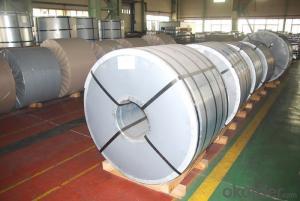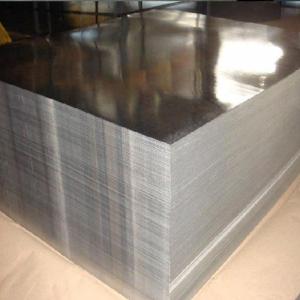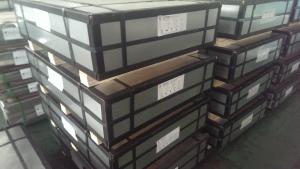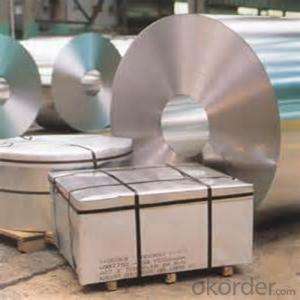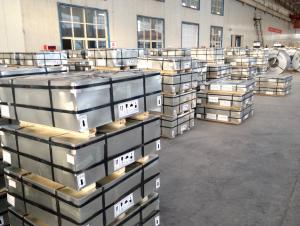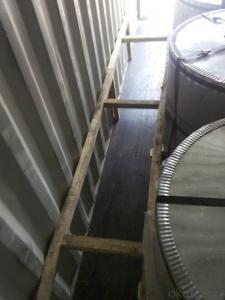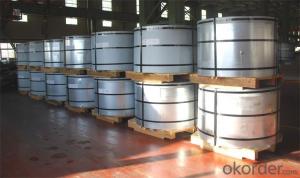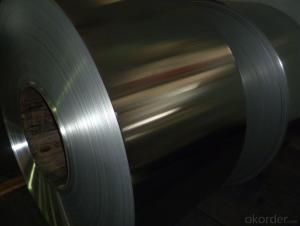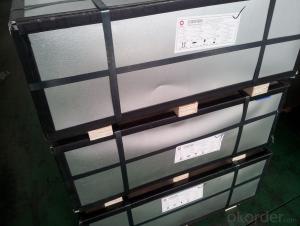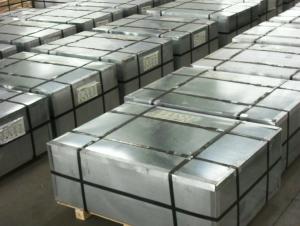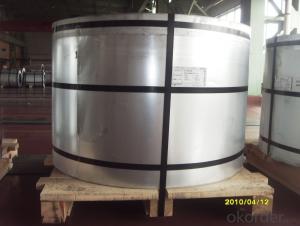Marx Tinplate
Marx Tinplate Related Searches
4 By 8 Plastic Sheets Thin Plastic Sheets Flexible Tinplate Coil Quotes Tinplate Iron Clear Plastic Sheets Hard Plastic Sheets 4X8 Lightweight Plastic Sheets Wavy Plastic Sheets White Plywood Sheets Poly Styrene Foam SheetsHot Searches
Tinplate China Tinplate Stock Price Tata Tinplate Price List Tinplate Price Trend Tinplate Nse Share Price Tinplate Price Chart Tinplate Share Price Nse Tata Tinplate Share Price Tinplate Share Price Today Tinplate Share Price Bse Tinplate Price Tinplate Share Price Tinplate Coil Manufacturers Tinplate Sheet Suppliers Food Mixer Sale Tinplate Factory Tinplate Production Tinplate Products Ltd Tinplate Products Tinplate Can ManufacturersMarx Tinplate Supplier & Manufacturer from China
Okorder.com is a professional Marx Tinplate supplier & manufacturer, offers integrated one-stop services including real-time quoting and online cargo tracking. We are funded by CNBM Group, a Fortune 500 enterprise and the largest Marx Tinplate firm in China.Hot Products
FAQ
- Yes, tinplate is generally considered safe for contact with skin. It is commonly used in various products, such as jewelry, cosmetics, and packaging, without causing any significant harm or irritation to the skin. However, some individuals may have specific allergies or sensitivities to tin, so it is always advisable to check for any potential reactions before prolonged or extensive contact.
- What kind of material is tinplate?
- Tin is mainly used to prevent corrosion and rust. It will be the steel strength and formability and corrosion resistance of tin soldering, and beautiful appearance with a material, corrosion resistant, non-toxic, high strength and good ductility properties
- Yes, there are potential health concerns associated with tinplate packaging. Tinplate packaging can contain traces of heavy metals, such as lead or cadmium, which can leach into the packaged food or beverage, posing a health risk if consumed. Additionally, tinplate packaging may also contain a thin layer of plastic coating that can potentially release harmful chemicals into the food or drink. It is important to ensure that tinplate packaging is properly regulated and that food and beverage manufacturers comply with safety standards to minimize these health risks.
- Yes, tinplate packaging can be used for aerosol products. Tinplate is a commonly used material for producing aerosol cans due to its strength, durability, and resistance to corrosion. It provides an efficient barrier against moisture and oxygen, which helps to maintain the quality and shelf life of the aerosol product inside. Additionally, tinplate packaging is easily recyclable, making it an environmentally friendly choice for aerosol products.
- Tinplate can impact the overall cost of packaging due to its higher production and material costs compared to other packaging materials. However, it offers several advantages such as durability, protection against moisture and oxygen, and aesthetic appeal, which may justify the additional expenses for certain products.
- No, tinplate cannot be used for coinage as it is a thin sheet of steel coated with a layer of tin, which is not a suitable material for making coins.
- Tinplate is coated with food-grade materials through a process called electrolytic tinplating. In this process, a thin layer of tin is electroplated onto the surface of the tinplate to provide a protective coating. This coating ensures that the tinplate is safe for direct contact with food and prevents any reaction between the metal and the food, thereby maintaining the food's quality and safety.
- Some common challenges in processing tinplate include achieving uniform tin coating thickness, preventing scratches or abrasions during handling and transportation, maintaining dimensional stability during cutting and shaping processes, ensuring proper adhesion between the tin coating and the base metal, and minimizing the formation of defects such as dents or wrinkles. Additionally, maintaining cleanliness and avoiding contamination during processing are also significant challenges.


















